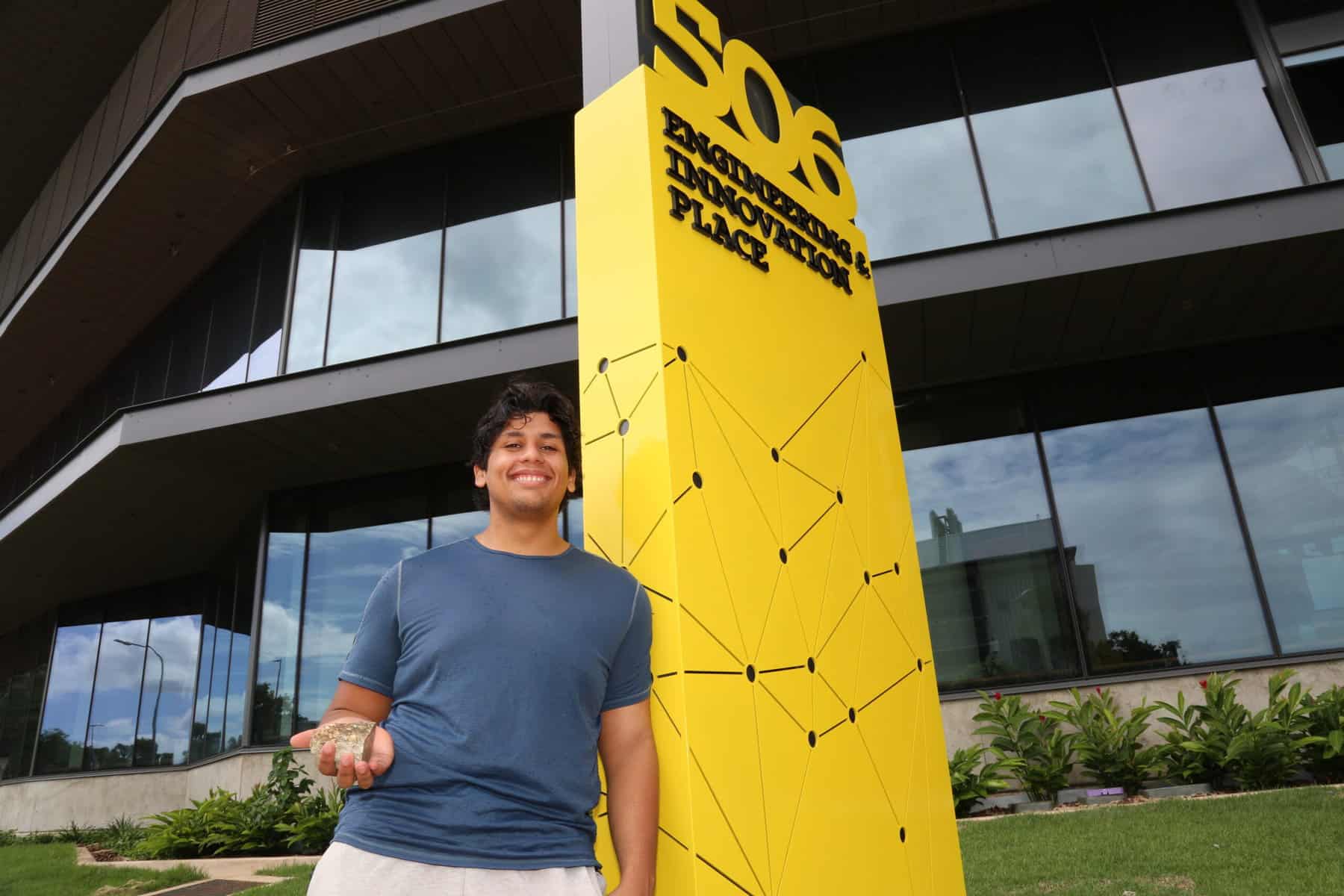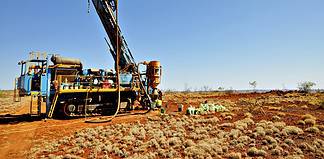The old pit at Kapunda. Image: Environmental Copper Recovery.
BY ELIZABETH FABRI
A GROUP of researchers and miners have joined forces in a two and a half year study that aims to identify and resolve key challenges with in-situ recovery (ISR) mineral extraction in mining.
The research program, led by Mining3 and ISR specialists Environmental Copper Recovery (ECR), will be undertaken at Terramin’s Kapunda copper mine in South Australia with Thor Mining, the University of Adelaide and CSIRO.
The program would involve a “tangible demonstration of ISR mining” at Kapunda, providing examples to industry of how to unlock value in stranded assets.
Kapunda – Australia’s first commercial copper mine – has been mothballed since the early 1900s, and been examined by mining companies since, which have looked to recover remaining copper on site.
Due to its close proximity to town, conventional mining techniques, have not been possible.
The proposed solution, ISR, is a mining method where metals are removed from within the ground ‘in-situ’ through the underground circulation of a fluid, which enables metals to be recovered from the fluid at the surface.
The ISR process has potential to be low-impact when used with suitable deposits, minimising common issues flagged by communities, such as dust and noise.
“Recent technological improvements and the use of environmentally benign lixiviants (leaching agents) are broadening the potential application of ISR mining,” Mining3 stated.
“The successful development of an ISR process to extract copper and other metals from diverse geological environments will be a step change in Australian mining—but industry and communities want to know more about its value and its impacts, specifically environmentally.”
ECR managing director Leon Faulkner said the research project was made possible through a research grant from the Commonwealth Government.
Mr Faulkner said he hoped the research will broaden views on the deposit types that can be addressed via ISR, while at the same time significantly reducing mining’s impact on the environment.
The research will cover community acceptance of ISR as a mining technique; mineral characterisation; lixiviant system design and optimisation; and accurate fluid flow modelling.
The University of Adelaide’s Institute for Mineral and Energy Resources will also apply magnetotellurics to model and track porosity/permeability and apply its fracture network modelling techniques and resource and reserve estimation techniques to predict recoverable tonnes and grade.








































